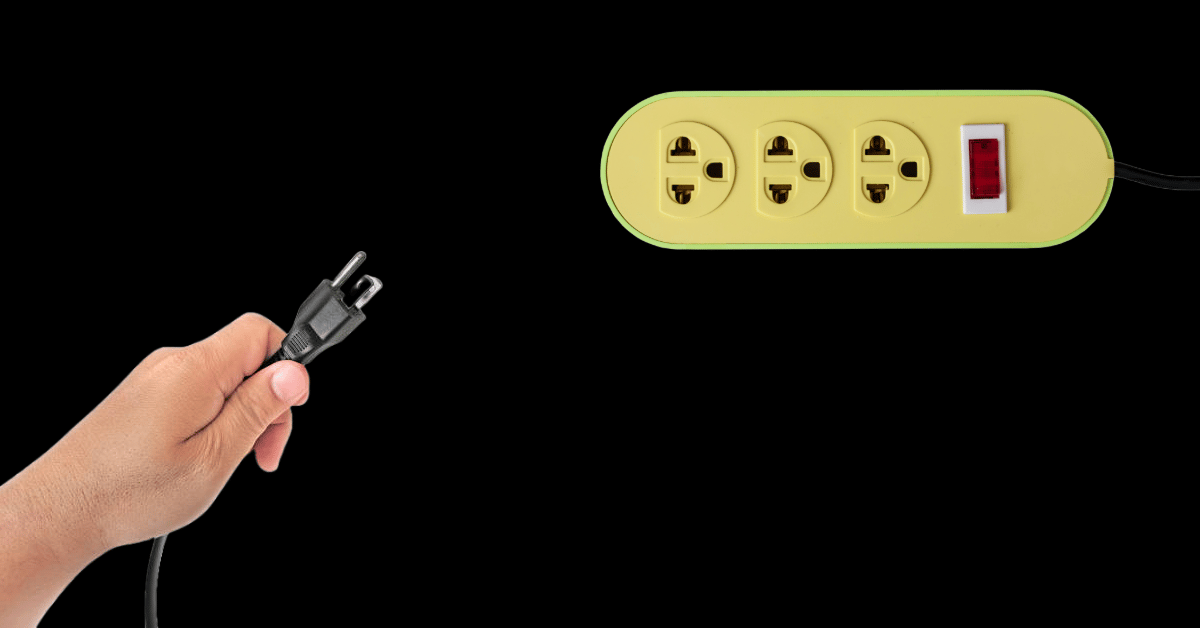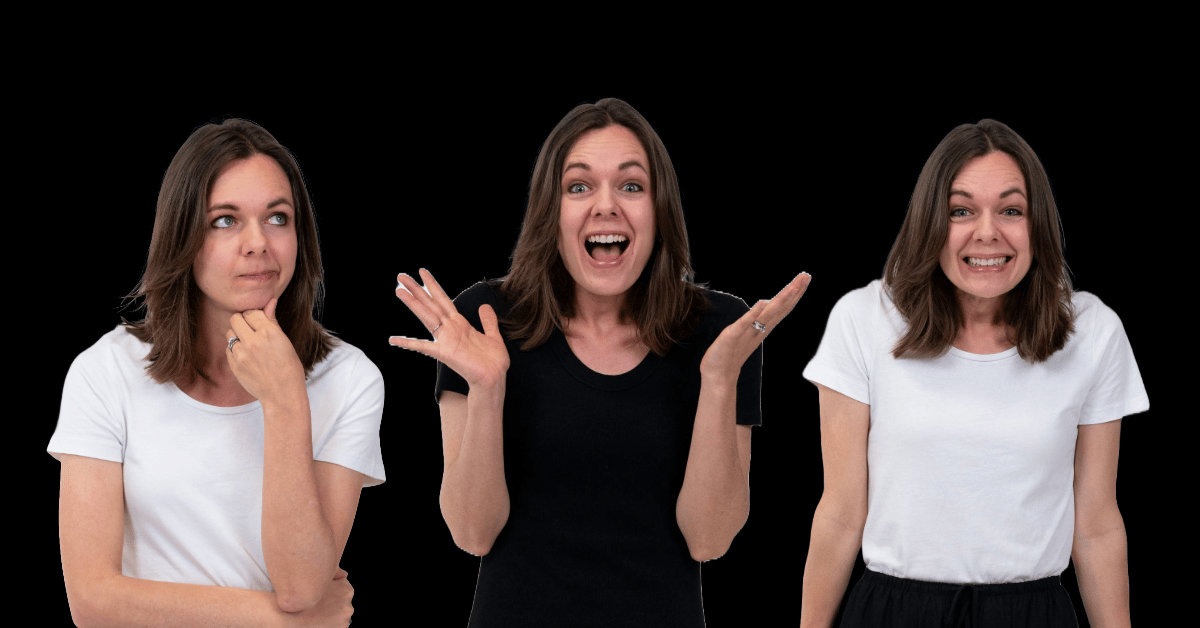
It’s going to be a $480 billion industry by 2027.
No, it’s not “luxury” skincare. It’s not fast fashion. Or even AI headsets. I’m talking about the creator economy. And right now, it’s booming. Because Gen Z doesn’t want brands to talk at them. They want to participate. To interact. To co-create. And while plenty of brands have tried to reach this audience with witty tweets and memes, few understand how to truly foster that feeling of creating something together. That’s an itch creators can scratch perfectly. And with the industry set to double in the next 2 years, brands can’t afford to ignore it anymore.
- Charlotte Ellis, Editor ♡
WHAT’S HAPPENING IN MARKETING TODAY?
Elon’s Grokipedia is full of AI content, Canva makes Affinity free & Ticketmaster’s ads are depressing

Elon's Grokipedia is full of AI-cloned pages from Wikipedia. Cringe.
Now listen, I know I give Elon a lot of sh*t. But honestlyyyyy, the jokes write themselves at this point. On Monday, Musk unveiled his own Frankenstein encyclopaedia, claiming it would “purge out the propaganda” flooding Wikipedia. The new project, Grokipedia, tallied more than 800,000 A.I.-generated encyclopaedia entries, compared with Wikipedia’s nearly eight million human-written ones. The site is the latest addition to Musk's “online media ecosystem” which he hopes to use to gain political influence.
“The impulse to control knowledge is as old as knowledge itself,” said Ryan McGrady, a senior research fellow at the University of Massachusetts Amherst who studies encyclopaedias and social media platforms. “Controlling what gets written is a way to gain or keep power.”
Canva takes a shot at Adobe, making Affinity completely free.
The level of petty I aspire to be. Acquiring and then making an entire design suite free just to stick it to The Man. And by The Man, I mean Adobe, and its notoriously expensive products. Ok, so maybe Canva didn’t do all of that just to spite Adobe. But the way the brand works to democratise creative design products is pretty cool. Affinity is one of the only tools that competes directly with Adobe’s photo and design suite, so to make it completely free is huge. It arrives as an all-in-one workspace unifying photo editing, vector design, and layout tools. Check it out here.
Ticketmaster's personalised AI slop ads are a glimpse at the future of social media advertising.
And it’s as bleak as you’re likely imagining. In this case, Ticketmaster is running a series of ads that basically read like this:
“Do you and your human family have interest in sharing an exciting IRL experience supporting your [team of choice] with other human fans at The Big Game? In that case, don [the chosen color of your team of choice] and head to [the local iconic stadium]; Ticketmaster has exciting ticket deals, and soon you and your human family can look as happy and excited as these virtual avatars.” Swapping out said colours, teams, and stadiums depending on demographics.
“There’s nothing like a sea of gold. See Vanderbilt football live and in color.” “There’s nothing like a sea of red. See USC football live and in color.” “There’s nothing like a sea of maize. See Michigan football live and in color,” and so on and so forth. This is the future Zuck wants for us. Yipee!
-Sophie Randell, Writer
Hey, do you like YAP?
If so, why not share it with a friend? The more we grow this thing, the more resources we can put into making it awesome for you. Even if every subscriber invites just 1 person to YAP, we’ll meet our growth goal for 2025. So, you in?
DEEP DIVE
Gen Z built the creator economy… and brands are still trying to rent it

It’s pretty clear at this point that the creator economy is no longer a small hobby or side hustle.
It’s a $250B global force reshaping how brands build loyalty, drive engagement, and grow their businesses. Once dismissed as kids playing around on social media, it’s now literally the engine of modern marketing. Goldman Sachs predicts it could nearly double to an eyewatering $480B industry by 2027.
And behind this booming economy isn’t a platform or a corporate innovation lab. It’s a generation.
Gen Z, the first true digital natives, have transformed content creation from a niche practise into a mainstream career. And, in doing so, they've completely redefined how culture is made, shared, and monetised.
For Gen Z, digital consumption isn’t passive (like it is for the rest of us). It’s participatory.
These are digital tastemakers shaping culture in real time. A single TikTok sound becomes a collective inside joke. A random shower thought turns into a viral stitch. A micro-influencer’s offhand comment can start a whole freaking movement.
The heart of the creator economy is co-creation. Gen Z blurred the lines between audience and creator and built an internet culture that rewards participation over perfection. They don’t care if your content is polished. Actually, they’d prefer it isn’t. Because they care if it feels real.
The reason the creator economy exploded isn’t just because tech made it easier to publish; it’s because Gen Z made it desirable.
They replaced broadcast-style content with collaborative storytelling. They normalised user-generated content, remix culture, and creator collabs.
Where previous generations followed trends, Gen Z actively builds them. And brands, understandably desperate to tap into that energy, have spent the past few years trying to catch up. Often with mixed (and mildly humiliating) results.
This is where brands keep getting it wrong: Instead of listening to Gen Z, brands have been trying to speak like them.
Cue the corporate “it’s giving” tweets, the random lowercase captions, the faux chaos posts.
It’s not that these attempts are offensive… they’re just painfully transparent.
You can always tell when a brand’s trying to cosplay as culturally fluent instead of actually understanding the culture. And baby, I mean always. The irony here is that Gen Z can spot inauthenticity faster than an ad disclosure.
Brands keep mistaking participation for performance. They’re mimicking the language and aesthetics of Gen Z, when what they should be doing is just handing over the mic.
According to eMarketer, brands that want Gen Z’s attention need to show up in creator-led spaces, not brand-led ones.
Think TikTok collabs, Twitch streams, Discord communities, and UGC campaigns that feel like invitations, not directives.
Gen Z doesn’t want to be marketed at. They want to co-create with. They value brands that empower creators to interpret, remix, and play.
That means actually giving creators creative control, letting the campaign evolve organically, and investing in the ecosystems where culture is already happening instead of trying to build it from scratch (to no avail, I might add.)
Because the creator economy isn’t just a marketing channel. It’s a cultural infrastructure, built by Gen Z and powered by participation.
If brands want to stay relevant, they need to stop chasing the next viral trend and start building long-term creative partnerships within these ecosystems.
Gen Z doesn’t need your approval, your tone guidelines, or your corporate slang experiments. They already run the show. And by the show I mean the whole internet.
The smartest thing brands can do right now? Stop trying to rent their culture and start creating with it.
-Sophie Randell, Writer
TREND PLUG
Is that a serious question???

This one’s for those moments where someone asks you something so absurdly obvious that all you can do is blink, sigh, and channel your inner Gen-Z stare again.
(Is resting Gen Z face a thing?)
Anyways, the audio comes from @homebycharlie, using a clip from that Baby Reindeer interview between Piers Morgan and Fiona Harvey. The “Is that a serious question?” / “No… no,” exchange! It’s exasperated, iconic, versatile, and suddenly all over feeds again.
My favourite examples include:
“Do you want to talk pointlessly for three months?” (I’m going thru it chat)
How to jump on this trend:
Film yourself lip-syncing to the sound, with on-screen text showing the ridiculous “question” you’ve supposedly been asked. Keep your expression flat, tired, and over it, because it's the combo of the on screen text and energy that sells it!
A few ideas to get you started:
"Do you want to do another concept pitch presentation with me tomorrow?"
When your non-marketing friends ask if being a social media marketer is "just posting pictures"
When your boss asks to see the content drafts you've made with them in it (you intentionally made them look bad)
-Nico Mendoza, Intern
FOR THE GROUP CHAT
😂 Yap’s funniest home videos: Synchronised jumpscare
❤How wholesome: Truly man’s best friend
😊Soooo satisfying: Soap cube (warning: extremely satisfying)
🍝What you should make for dinner tonight: High-protein Mexican Chicken & Rice
ASK THE EDITOR

I'm starting a new business. What should I be focusing on in my social content? - Sara
Hey Sara!
I know you're probably wanting to find clients ASAP, so it's tempting to create content with a strong CTA. But, if you're just building your audience, you need to give people a reason to follow you.
Depending on your audience, you need to decide what kind of content to create. Of course, this will depend on the platform(s) you are trying to grow on. You will likely want to focus on educational or entertaining content that's shareable. The purpose is to get attention, build your audience, and get your brand out there.
Once you've got a solid audience, you can begin asking them to do stuff like sign up for your email list or attend a webinar. But if you try to do this too soon, people will very quickly tune you out!
- Charlotte Ellis, Editor ♡
Not going viral yet?
We get it. Creating content that does numbers is harder than it looks. But doing those big numbers is the fastest way to grow your brand. So if you’re tired of throwing sh*t at the wall and seeing what sticks, you’re in luck. Because making our clients go viral is kinda what we do every single day.
